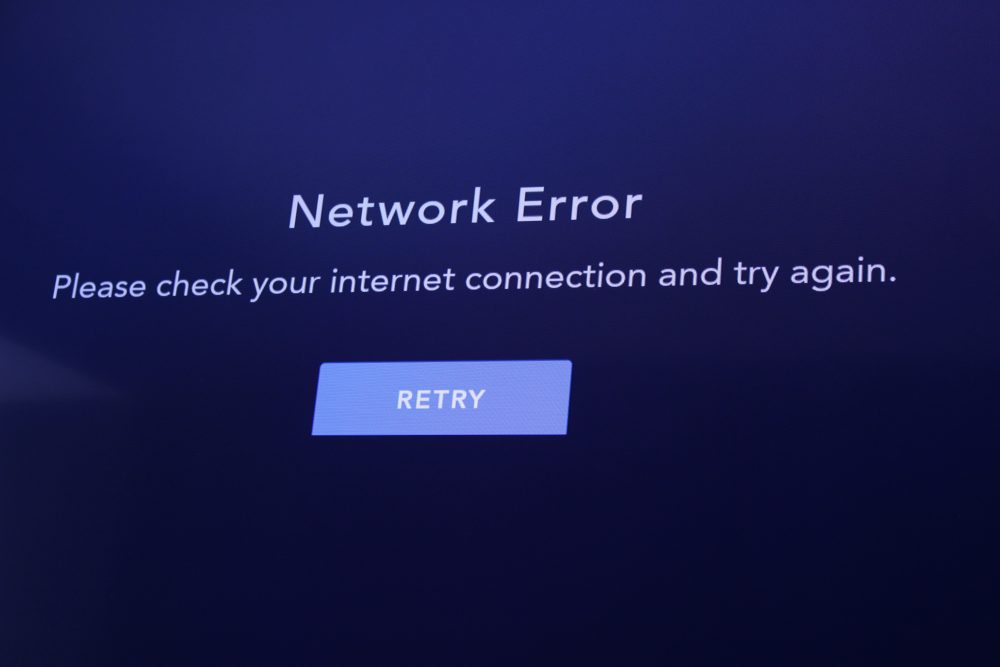
Technology has the power to democratize higher education, but it’s not a panacea, says José Escamilla.
“We had forgotten how important access to technology is. The pandemic reminded us,” says Escamilla, associate director of the Institute for the Future of Education at Tecnológico de Monterrey.
Escamilla addressed the need to understand and resolve digital inequalities in higher education. He noted the lack of relevant literature on the topic—from 2000 to 2021 only 158 studies explored the digital gap as related to gender, age, disability, or ethnicity. Most of these focused on North America and Europe, not the low- and middle-income countries where the technology gap is widest.
Those are also places where COVID-19 is unlikely to be the last stressor on the educational system, says Escamilla, citing earthquakes, climate change, and subsequent pandemics among potential hurdles. In addition, Mexico will need to support migrants from countries to the south.
“We need education to be more resilient,” he says. “And the use of technology in education will make us more resilient.”
In his work at Tec de Monterrey, Escamilla sees the benefits of technology for both access to education and learning itself. In mathematics courses, for example, equations become more comprehensible when students can manipulate their components in virtual reality. Adding that aspect to the class increased students’ competence by 30 to 40%, he says.
For students from underrepresented groups, artificial intelligence offers the opportunity to catch those who are struggling–even when the issues are too subtle for a human instructor or advisor to observe. For example, Escamilla explains, AI analysis might find a missing skill–perhaps a rogue failing grade–obscured by an 80% in the course overall. If that knowledge gap is crucial to the next course in a sequence, AI could recommend tutoring or another intervention to increase the student’s odds of eventually graduating.
The absence of technological equipment and skills can obstruct the path to higher education, says Escamilla, particularly among female, Indigenous, and/or rural students. But there’s more to solving the problem than hooking up the internet or handing someone a laptop.
“Students must have social and cultural capital,” he says. “If you come from a family where it’s normal to study and normal to go to university, then you have support. Your family will encourage you to continue, and perhaps tell you how things work in that environment.” Students without this form of capital may hear that they should quit wasting their time and go to work, he says.
Escamilla knows how painful the lack of social and cultural capital can be. Despite his position as a professor, he recalls feeling ashamed as a first-generation college student whose peers sometimes corrected his grammar.
“My case was not very complicated. There are people who have more complicated backgrounds,” he says, citing students’ extracurricular obligations to their jobs, their children, and their communities. Although access to technology cannot guarantee their educational success, he believes it has the potential to get them enrolled, boost their odds of graduating, and enrich their learning.
View this talk on the WUN YouTube channel: